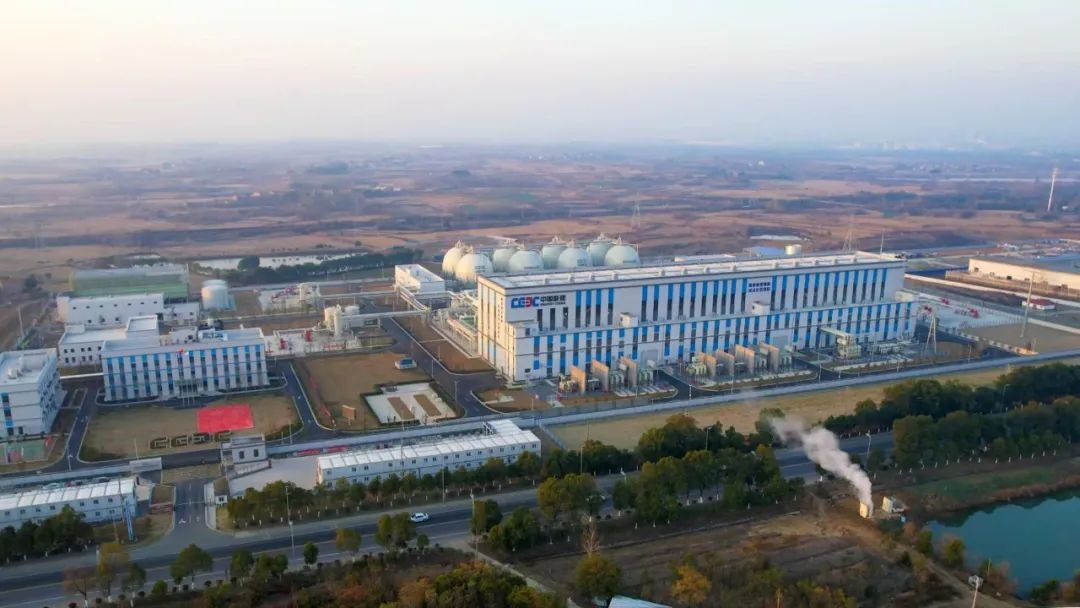Researchers studying the economic feasibility of agrivoltaics in the United Kingdom have found installing PV on arable farms could be viable at numerous locations throughout the country.
Aritra Ghosh, one of the paper’s three authors, told pv magazine that while he believes the paper makes good conclusions about the economic benefits of agrivoltaics, more dynamic simulation tools could possibly make an even stronger case.
“One thing I think is still not evident is the microclimate developing under the PV system can probably improve the PV output we are currently getting from the existing tools,” he said, “PV will definitely get a lot of positive impact from the crop underneath it because it will change the temperature, and that is significant.”
On albedo, too, Ghosh suggested more dynamic simulation than the single value of 0.3 used in the paper could yield improved results for agrivoltaics. “In the morning if there are water droplets then we will have further impact and albedo will improve. In the data used it is 0.3 but, in the morning, it could be 0.5 or 0.6,” he said.
Ghosh added that his department is already carrying out similar research comparing tracker mounted systems with fixed agrivoltaics, with publication expected in the future.
Ghosh and his fellow researchers, from the University of Exeter, carried out simulations for fixed-tilted and vertical agrivoltaics installations at 10 hypothetical sites across England, Scotland, Wales and Northern Ireland to investigate the potential value PV could bring to farms across the United Kingdom. The results appear in the paper “The technical and economic potential for crop based agrivoltaics in the United Kingdom,” published in Solar Energy.
For the PV simulation, researchers used PVsyst simulation tools to assess the output of tilted and vertical systems. The general characteristics of the tilted system used in the simulation comprised 250 W modules at 3.5 meters above the ground, with a 34-degree tilt angle. Characteristics for the vertical system assumed 250 W modules at 0.5 meters above ground. Both systems were simulated with 360 bifacial modules and a fixed albedo of 0.3 was used.
To arrive at figures on crop yield, the researchers used the decision support system for agrotechnology transfer (DSSAT) cropping system model and selected cabbage as a crop that could be grown at all locations in the study. Revenue for a stand-alone PV system and a field of crops without PV were also calculated for each location.
Operating profit was calculated by multiplying the wholesale price of cabbage from UK government reports by the yield of each site and doing the same for the revenue generated by the PV system, using the wholesale price of electricity per kWh multiplied by the electricity generation of each of the systems, before subtracting operating costs. The simulation found that in most locations, annual operating profit could be more than doubled by introducing agrivoltaics to agricultural land. Southern locations such as Canterbury, Penryn and Brecon showed the greatest economic benefit.
The paper also found “the benefits of agrivoltaics to be multifaceted.” It concluded that the land equivalent ratio (LEV) for agrivoltaics systems – an agricultural indicator for measuring the yield advantage of multi-crop farms compared to single-crop farms – was higher in all regions of the United Kingdom when compared to a stand-alone PV system or a crop farm without PV.
This content is protected by copyright and may not be reused. If you want to cooperate with us and would like to reuse some of our content, please contact: editors@pv-magazine.com.



This example of agrivoltaics demonstrates the advantages.
Giant agrivoltaic project in China
“The ecosystem in this region has improved, the number of small wild animals has increased significantly, like sparrows, hares and pheasants,” Huawei representative added. The solar power plant is said to effectively reduce land moisture evaporation by between 30 and 40%. The vegetation coverage has purportedly increased by 85% while significantly improving the regional climate.“
The Baofeng Group is building a 1 GW solar park which is hosting a goji berry plantation in the Binhe New District on the eastern banks of the Yellow River
Around 640 MW have so far been grid-connected.”
https://www.pv-magazine.com/2020/09/03/giant-agrivoltaic-project-in-china/